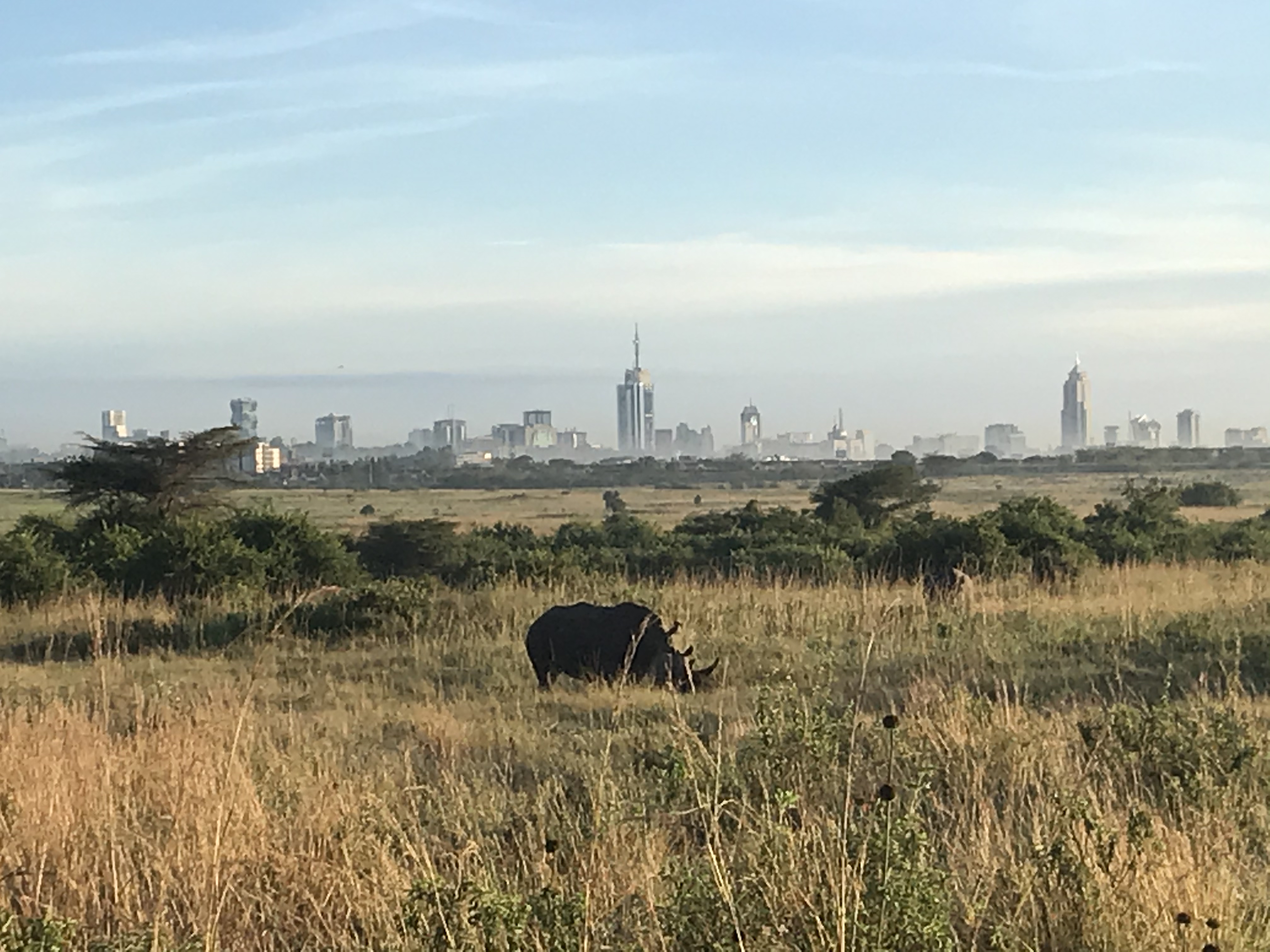News
Putting a price tag on the priceless: Real-world property values in Kenya aid conservation decisions
Wildlife is priceless, but wildlife conservation is far from free. Being able to assess the value of land is vital to the success of land conservation. In an effort to bolster this understanding, a Kenyan ecologist, Peter Tyrrell of the University of Oxford and the South Rift Association of Landowners, turned to data science methods to mine data from real estate websites to determine how land is valued across Kenya – comparing prices in agricultural areas, outside Nairobi, in urban centers, and near wildlife areas including the world-famous conservation jewel, the Maasai Mara National Reserve.

Using real-life land prices from sales allowed Tyrrell to get a clear-eyed picture of land value in Kenya. The data mining tactic yielded a surprising result. Prices were higher in and close to Nairobi, which makes sense for a thriving, growing population. But prices were also higher close to the boundaries of the Maasai Mara National Reserve. The study was recently published in Frontiers in Ecology and the Environment.
“We haven’t recorded this kind of pattern before in Eastern Africa – wildlife conservation pushing up the price of land,” said Tyrrell. “People want that land because of its natural beauty; for wildlife conservation, a holiday home, or a lodge. That effect has complicated repercussions for conservation. It’s great that there’s value attached to wildlife, but it can also make conservation more expensive.”
Land prices are important context for wildlife conservation because landowners and local conservation organizations have to make both economic and environmental decisions. Understanding the monetary value of land gives conservationists insight into where conservation is most vital, and where it is most affordable. In a world where conservation dollars are limited, resource managers need to make the wisest, most strategic decisions possible.
Prior studies have shown that conservation areas tend to be placed where the land value is the lowest, not necessarily where the biodiversity is the highest. Protecting landscapes, and species, often requires a complicated calculus balancing human needs, economics, biodiversity, agriculture and other concerns.
The first step in that process is understanding the monetary value attached to land, and how it varies across the landscape, a process that is often difficult and full of pitfalls. Understanding the patterns, and, more importantly, understanding how to measure and assess those patterns, is vital to future conservation efforts.
Land prices help encapsulate the other opportunities that landowners may have to sacrifice to conserve wildlife on their land. It helps measure what the landowner could have gained through the next-best economic use of land – as urban property or for agriculture or infrastructure – had it not been put to the current use. Areas with the highest potential land value are likely to experience land transformation if this opportunity cost cannot be met.
“In Eastern and Southern Africa, most of our wildlife and biodiversity are outside government-led protected areas,” Tyrrell said. “When you think about immediate threats to wildlife, you tend to think of bushmeat, poaching and the illegal wildlife trade. The lesson from Kenya is that there are also these large economic forces that are critically important, longer-term influencers of land tenure and landscape-scale conservation.”
Indeed, this research highlights the vast, as yet unaccounted-for costs associated with conservation in southern Kenya. Finding ways to balance local economic forces and human welfare with global conservation priorities and ecological welfare is the greatest challenge conservationists face.
“There is a huge cost to conserving wildlife in Eastern Africa, which will continue to increase,” Tyrrell said. “It’s vital to conserve the iconic savanna, but ultimately someone somewhere is paying the price and often it’s the poorest pastoralists and farmers. Wildlife conservation is a global goal, a global priority. But it’s often local citizens who are paying the price. We need to work to find solutions that work for everyone.”
Tyrrell P, Naidoo R, Macdonald DW, et al. 2021. New forces influencing savanna conservation: increasing land prices driven by gentrification and speculation at the landscape scale. Frontiers in Ecology and the Environment; doi.org/10.1002/fee.2391.






